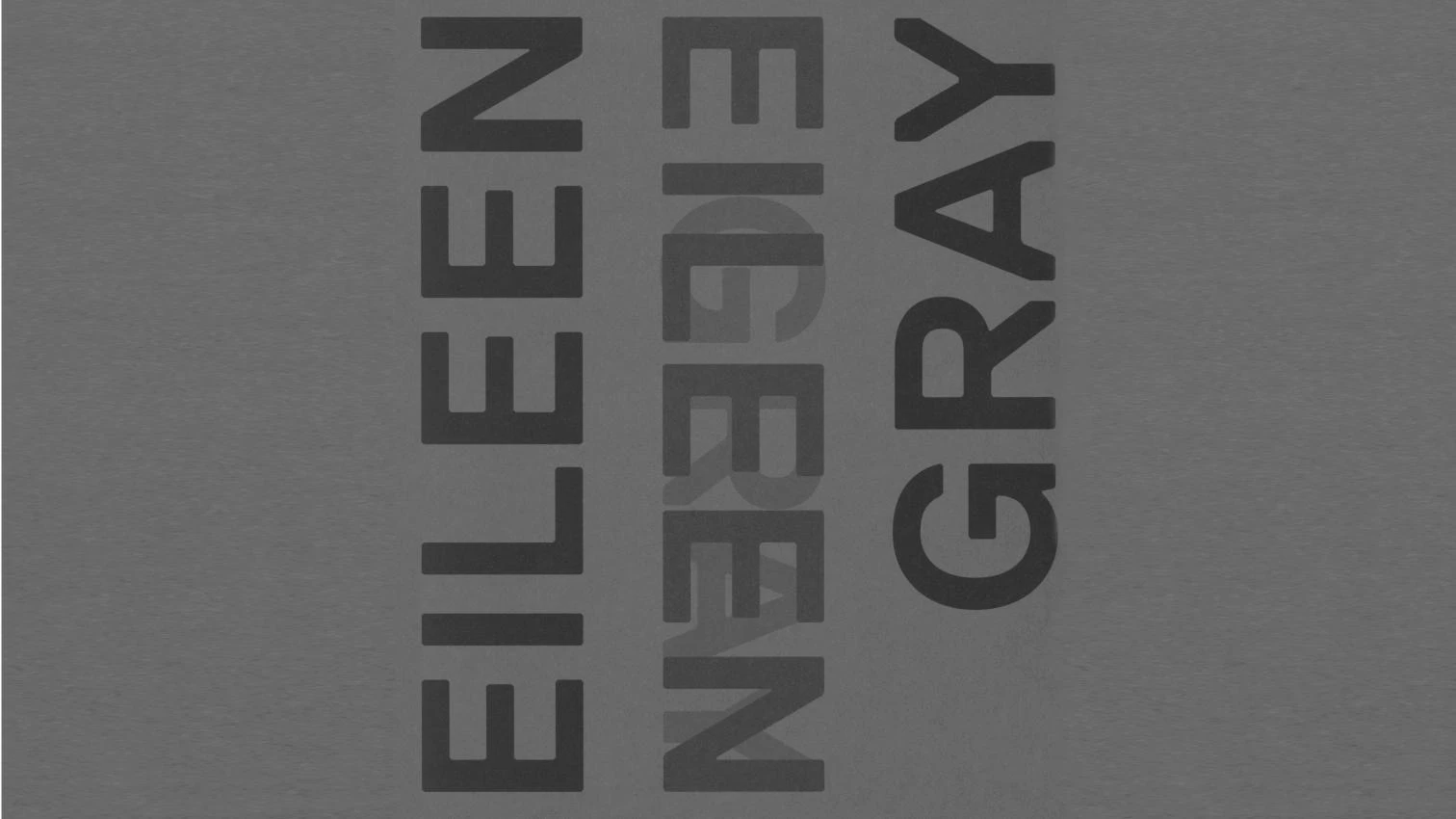
Among the heroines of architectural modernity, Eileen Gray was perhaps the most talented, but also the most slippery. Slippery because of her age: born in 1878 into Irish aristocracy, Gray was eight years younger than Loos but nine older than Le Corbusier, so during modernity’s heyday she could not be seen as a young pioneer, but as what she in fact was: a veteran mademoiselle (Corbu’s name for her).
This tricky chronology has to do with Gray’s also being slippery in her work: a vast body of creations carried out over decades (she died at 98) that ranged from the lacquered Japanese-inspired screens which made her famous in the Paris she lived in to some of the finest furniture pieces of modern design – such as the adjustable side table – by way of two masterpiece villas that were the envy of Corbu himself: E.1027 near Monaco, built for her partner and sometimes-lover Jean Badovici, and Tempe à pailla nearby.
And Gray was slippery in the personal realm. Despite an intense love life marked by bisexuality, Gray was discreet. An aristocratic aversion to media partly explains why she was soon forgotten about. Joseph Rykwert saved her from this oblivion through an article of 1972, following which several exhibitions threw more light on her legacy. The most recent one was last year’s retrospective in New York, and its catalog – with essays by an array of scholars, splendid graphic material, and Irma Boom’s exquisite book design – could be the definitive monograph that Gray’s lifework has long been deserving of. It’s a must.






